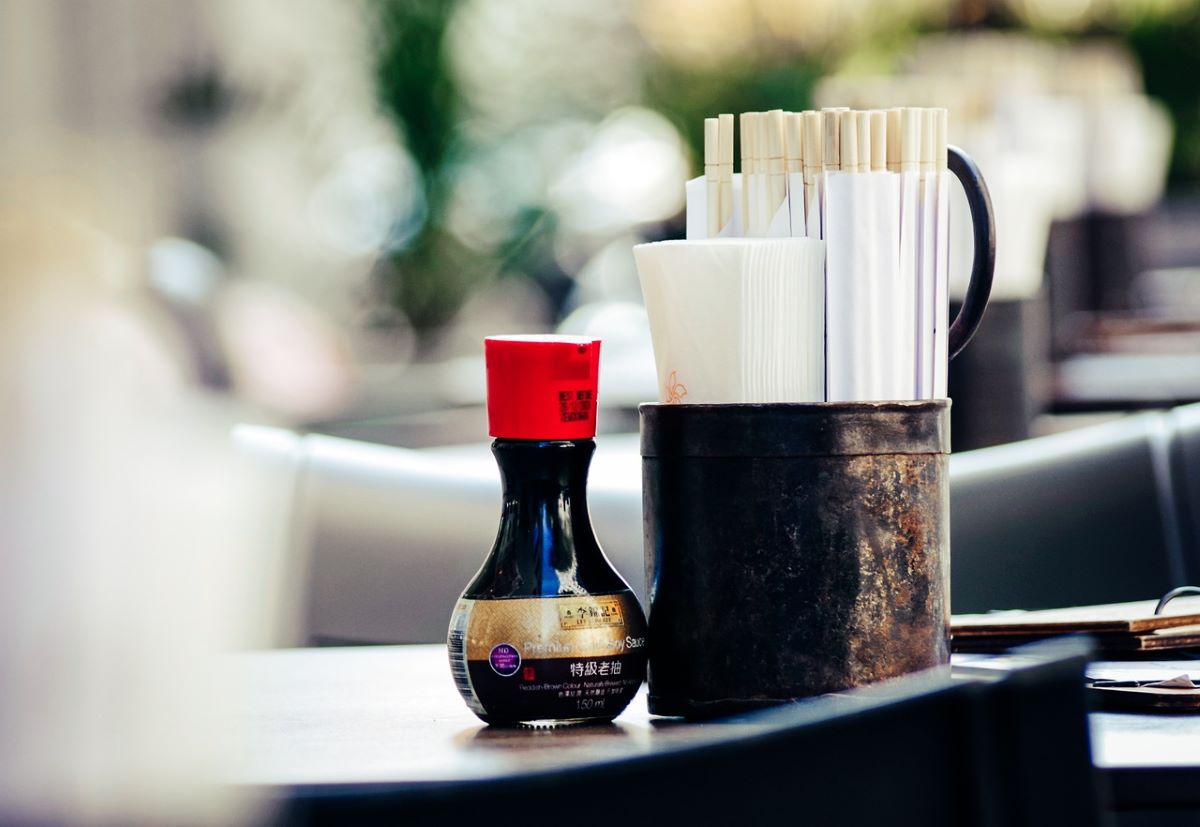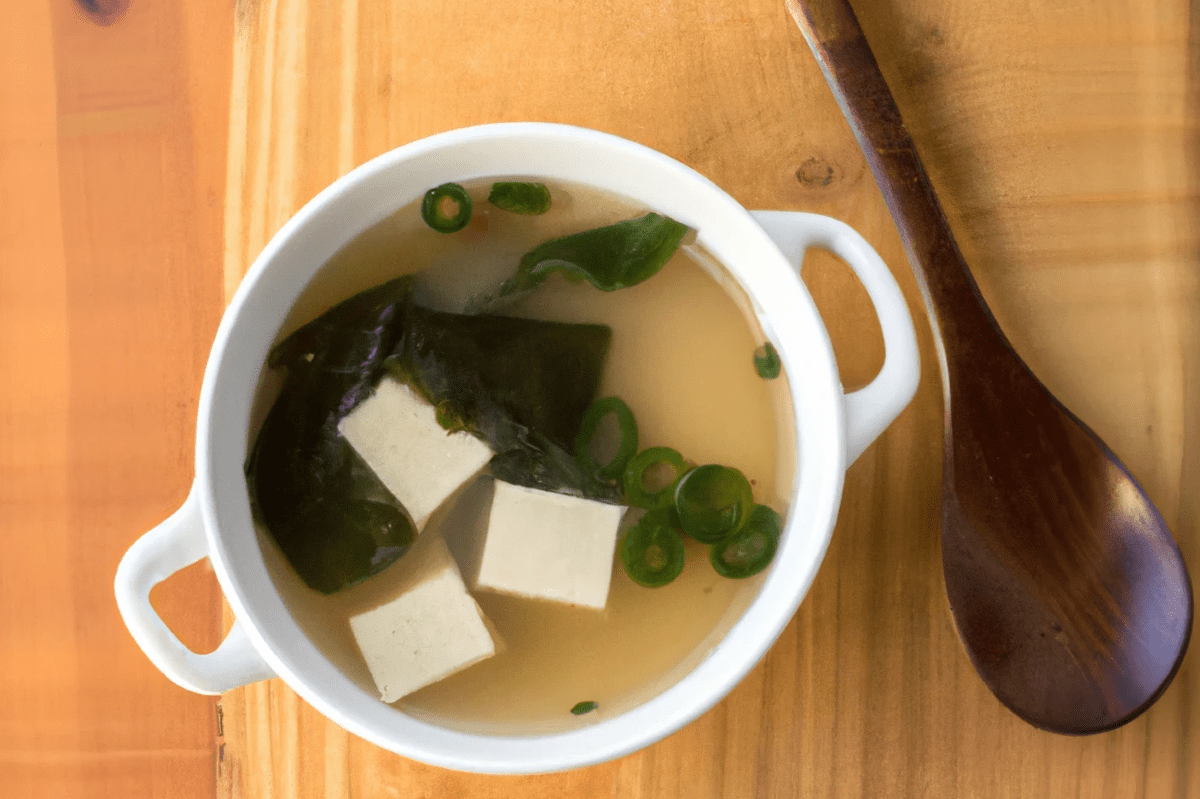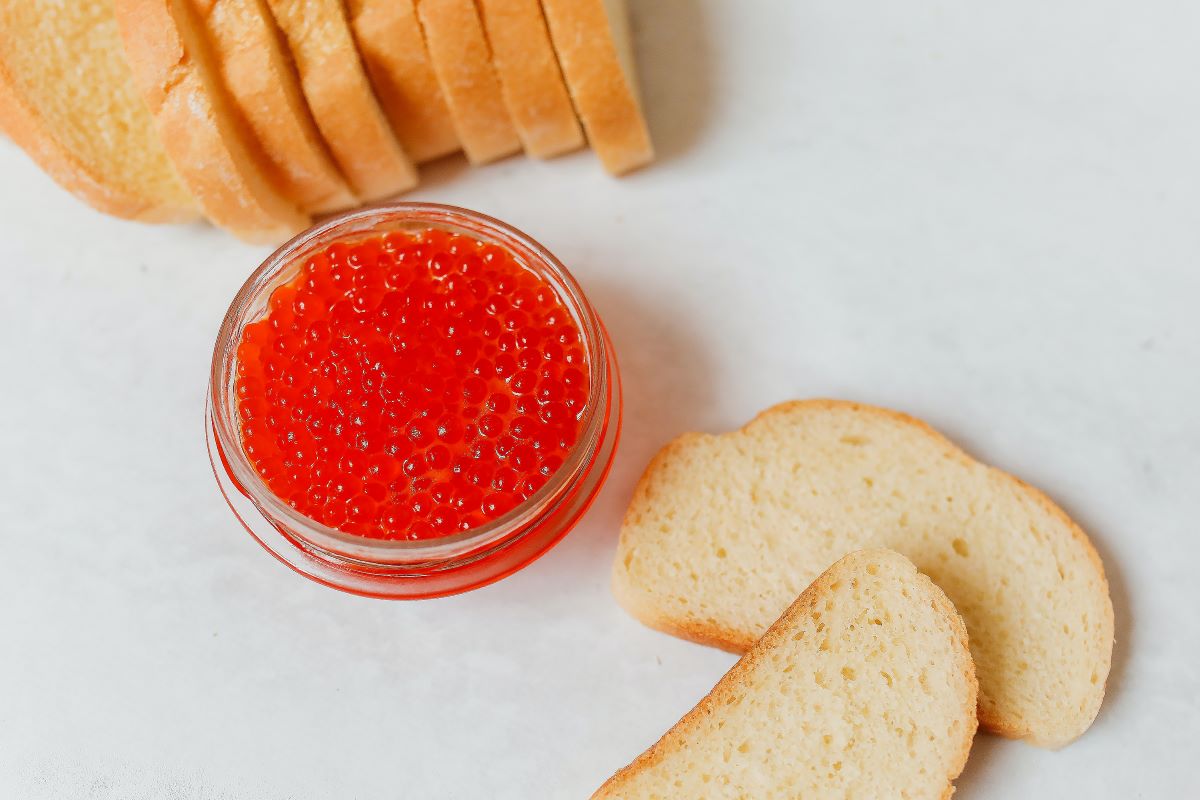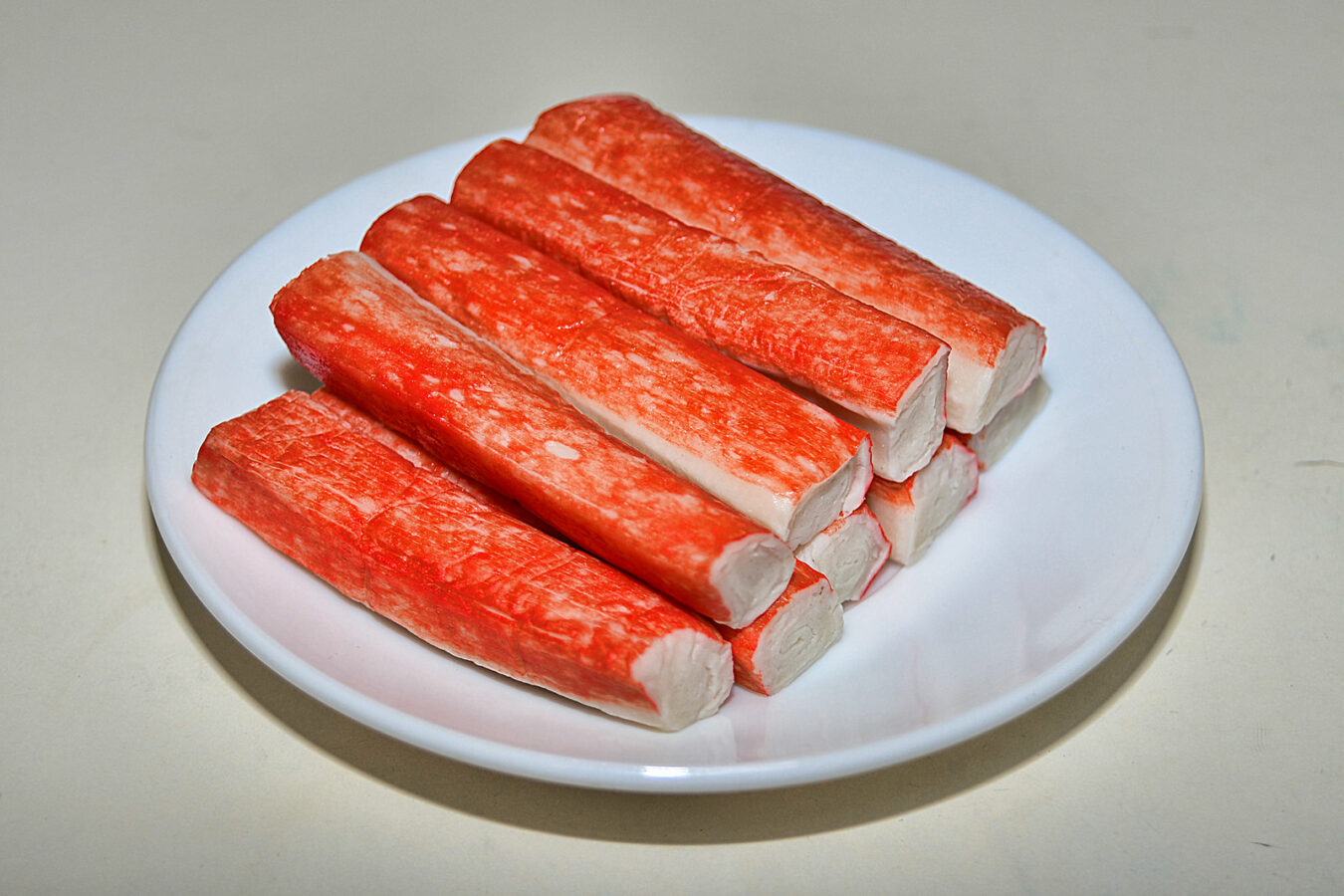Table of Contents
Is Soy Sauce Vegan?
Soy sauce is generally considered vegan since its main ingredients are all plant-based. However, it is important to be aware of some variations that may contain animal products.
Non-Vegan Ingredients or Processes
Traditional soy sauce is typically made using a simple process that involves fermenting soybeans, wheat, water, and salt. This process results in a rich, savory condiment that is inherently vegan-friendly. However, there are certain variations and regional styles of soy sauce that include non-vegan ingredients or processes. One common non-vegan component is fish sauce or fish extracts, which are sometimes added to enhance the umami flavor of the sauce. Additionally, some varieties of soy sauce may use animal-based broths or extracts in the fermentation process. To ensure compliance with a vegan diet, it is crucial for individuals to carefully inspect the ingredients label or opt for soy sauce specifically labeled as “vegan” or “animal-free.”
Controversies or Gray Areas within the Vegan Community
Soy sauce faces several controversies and gray areas within the vegan community. One of the main debates revolves around the possible inclusion of fish-derived ingredients in some soy sauce varieties. Although traditional soy sauce only consists of soybeans, wheat, water, and salt, certain commercial brands might enhance the flavor with fish sauce or fish extracts. This raises ethical concerns among vegans.
Faced with these issues, many vegans choose soy sauce explicitly marked as “vegan” to stay true to their ethical and environmental values. Moreover, some individuals opt for alternative condiments to soy sauce, like coconut amino or tamari. These offer a similar flavor without any ethical concerns. These controversies and uncertainties underscore the complexity of following a vegan lifestyle and the necessity of informed decision-making when choosing soy-based products.
Types of Soy Sauce
Most international food aisles of grocery stores offer a wide range of soy sauces. We’ll dive deeper into the different types of soy sauce, as well as their uses.
Dark Soy Sauce
Also known as Koikuchi Shoyu, this is the most commonly used soy sauce. Dark soy sauce is versatile and can be used in marinades, sauces, gravies, braising liquids, and stir-fries.
Light Soy Sauce
Light soy sauce, or Usukuchi Shoyu, is generally used for cooking and seasoning, preferably in light-colored dishes such as soups. Unlike their darker counterparts, this soy sauce is lighter and thinner, but sports a robust salty flavor accompanied by a slight sweetness and acidity.
Tamari
Usually referred to as tamari shoyu, this type of soy sauce is best used for dipping sauces, finishing seasoning, glazing cooking meats, and a gluten-free alternative. While you may think tamari has the same production process as soy sauce, it is actually made from miso production, mainly the resultant liquid from pressing miso.
White Soy Sauce
White soy sauce, or shiro shoyu, has a much lighter color and flavor. It’s typically used as a dipping sauce for white-fleshed raw fish or seasoning for clear soups. It’s worth noting that this type of soy sauce is brewed with more wheat.
Vegan-Friendly Alternatives and Variations
Good news! Vegans looking for alternatives to traditional soy sauce can explore options like tamari and coconut aminos. Tamari is a gluten-free Japanese soy sauce made from soybeans, offering a similar umami taste without wheat. Coconut aminos, on the other hand, are derived from coconut sap and provide a sweeter, milder flavor, making them an appealing choice for those looking to avoid soy altogether. Below are brands of soy sauce worth trying!
Store-Bought Alternatives

San-J Tamari
San-J is a well-known brand that offers various gluten-free tamari soy sauces. In addition, their tamari is brewed with 100% soybeans and has a rich, smooth flavor. It’s available in different options, including reduced-sodium and organic versions.

Coconut Secret
Coconut Secret produces coconut aminos, a soy-free and gluten-free alternative made from coconut sap. Their coconut aminos have a slightly sweet and savory taste, making them a versatile choice for seasoning and cooking.

Bragg®
Bragg®’s Liquid Aminos is a classic choice for a soy-based seasoning. Made from non-GMO soybeans and purified water, it provides a convenient and flavorful way to enhance the taste of various dishes.
Tips for Identifying Vegan-Friendly Options
When looking for vegan-friendly options for soy sauce, it’s important to carefully read the ingredient list. Look for key indicators such as “100% soy,” “soybean,” or “coconut aminos” to ensure it’s free from animal ingredients. Additionally, seek out products labeled “vegan” or “plant-based”, as they are more likely to align with your dietary preferences. Consider exploring trusted soy sauce brands known for their commitment to vegan-friendly ingredients and cruelty-free products.
Homemade Versions
Ingredient Swaps
For soy sauce ingredient swaps, give tamari a try. It’s a gluten-free soy-based alternative that delivers an umami flavor similar to soy sauce. If you prefer a soy-free and gluten-free option, coconut aminos are an excellent choice, offering a milder, somewhat sweet taste. For a bit of uniqueness, explore using liquid aminos. This adaptable plant-based seasoning comes from soybeans and can enhance the depth of flavor in your dishes.
How To Use Vegan Alternatives in Recipes
Enhance your dish flavors using simple and flexible vegan alternatives for soy sauce in recipes. For stir-fries, marinades, and dipping sauces, swap traditional soy sauce with tamari. Its umami-rich taste neatly complements various dishes. You can also try coconut aminos in both savory and sweet recipes, like salad dressings, rice bowls, and marinades, where it adds a slight sweetness and a touch of saltiness. For a unique taste, add liquid aminos to soups, stews, or roasted vegetables for a burst of plant-based umami goodness. Play around with these vegan options to intensify your culinary creations’ depth and complexity, while adhering to your dietary choices.
How Soy Sauce Is Made
Soy sauce is traditionally made through a fermentation process involving soybeans, wheat, water, and salt. The soybeans and wheat are first cooked, then mixed with a starter culture of mold spores and yeast. This mixture is left to ferment for several months, during which enzymes break down the starches into sugars and further ferment them into amino acids, resulting in the distinct savory and umami flavors of soy sauce. The mixture is then pressed to extract the liquid, which is filtered, pasteurized, and sometimes aged for additional depth of flavor before being bottled.
Primary Ingredients
The basic ingredients of soy sauce are soybeans, wheat, water, and salt. Since soy sauce contains wheat, it is important for those with celiac disease to find alternatives or brands that don’t use wheat.
Secondary Ingredients and Additives
Certain commercial types of soy sauce may add secondary ingredients or additives like preservatives, flavor enhancers, or caramel coloring. Manufacturers sometimes use these additives to improve the sauce’s shelf life, taste, or appearance. But in traditional and artisanal soy sauce production, the focus remains on the essential ingredients–soybeans, wheat, water, and salt, without a lot of additives.
Sourcing and Ethical Considerations
Environmental Impact
The environmental impact of soy sauce production depends on factors like sourcing practices, land utilization, and manufacturing processes. Soybean farming on a large scale for soy sauce production can lead to deforestation, loss of habitats, and monoculture farming. This is especially evident in regions with prevalent unsustainable agricultural practices. However, some producers aim to reduce the adverse environmental impacts of soybean cultivation for soy sauce production by adopting more sustainable strategies. These include organic farming, responsible sourcing, and cutting back on chemical use.
Labor Practices
Labor practices in soy sauce production vary widely, depending on geography, production scale, and ethical standards compliance. In some traditional and artisanal settings, soy sauce is made using time-tested methods. These may involve manual labor for tasks like preparing ingredients, monitoring fermentation, and packaging products. However, larger commercial operations might rely less on manual labor due to mechanization and modern production techniques. As with any industry, consumers should support brands that give importance to fair labor practices, transparency, and ethical sourcing in their soy sauce production. It ensures that the individuals participating in its creation receive fair treatment and respect.
FAQ
What are coconut aminos?
Coconut aminos are a soy-free and gluten-free alternative to soy sauce. They are made from the sap of coconut blossoms and offer a mild, slightly sweet flavor. In fact, coconut aminos are a popular choice for those looking to avoid soy or reduce sodium intake.
What is the difference between soy sauce and tamari?
Tamari is a type of soy sauce that originated in Japan. While both soy sauce and tamari are made from fermented soybeans, tamari is often produced with little to no wheat, making it a suitable option for those with gluten sensitivities. Tamari typically has a richer and slightly milder flavor compared to regular soy sauce.
Is soy sauce safe for people with soy allergies?
Traditional soy sauce contains trace amounts of soy protein and is usually safe for people with mild soy allergies. Of course, individuals with severe soy allergies may want to exercise caution and consult with a healthcare professional before consuming soy sauce or its alternatives.







